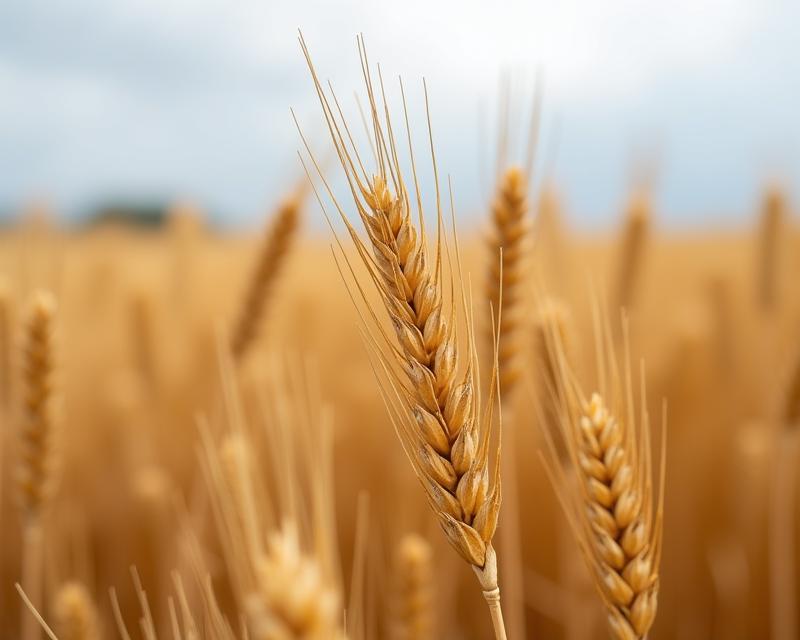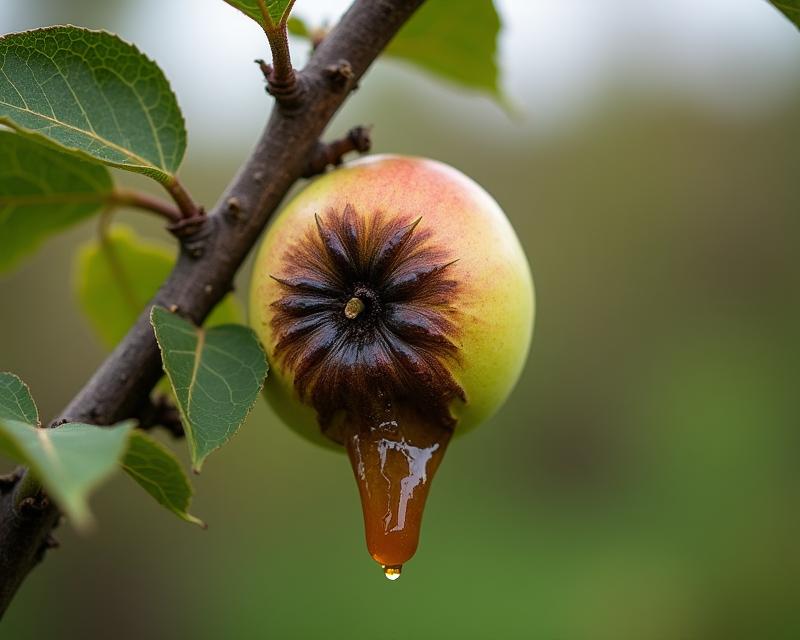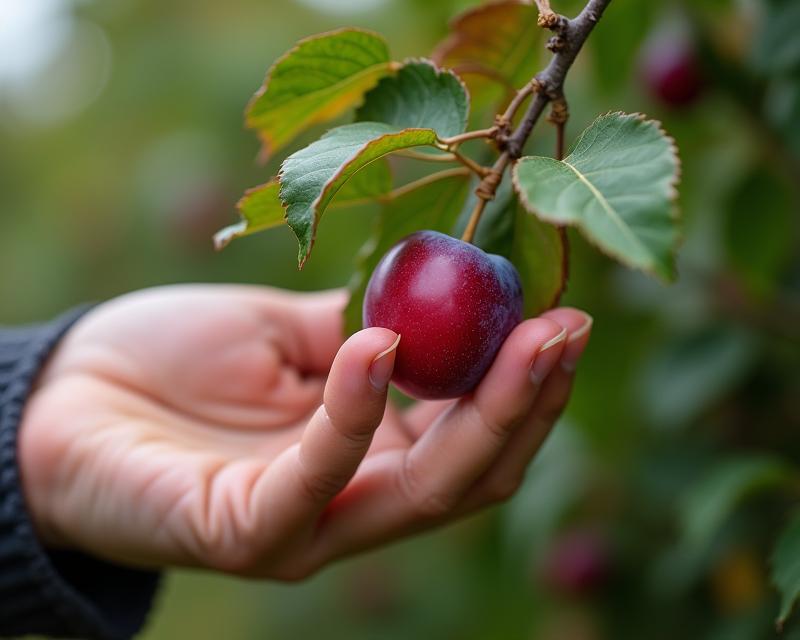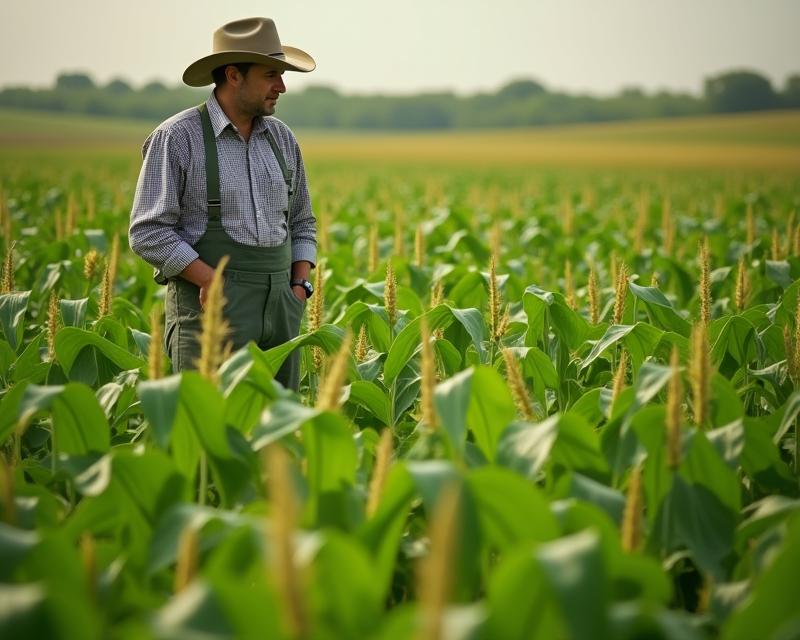Wheat Rust: A Farmer's Guide to Prevention & Treatment
Publish in Crops el 21/07/2025 20:16
Wheat Rust: A Farmer's Guide to Prevention & Treatment
Wheat rust is a serious fungal disease that can significantly impact your wheat yield and quality. Understanding this disease – how it spreads, what it looks like, and how to manage it – is crucial for any wheat farmer. This guide provides practical information to help you protect your crops and minimize losses.

Understanding Wheat Rust
Wheat rust isn't just one disease, but a group of diseases caused by different fungi. The most common are stem rust, leaf rust, and stripe rust. These fungi are incredibly adaptable and can infect various wheat varieties. They thrive in warm, humid conditions with plenty of moisture. The disease cycle involves the fungus moving between wheat plants and alternate hosts like barberry bushes and other weeds. This makes control challenging, as the fungus can persist even when wheat isn't present.
Identifying the Symptoms
Recognizing wheat rust early is key to effective management. Leaf rust appears as small, reddish-brown spots on the leaves, often with a fuzzy growth on the underside. Stem rust manifests as elongated, reddish-brown pustules on the stems, which can weaken the plant and even cause lodging (falling over). Stripe rust creates yellow or orange stripes on the leaves, accompanied by reddish-brown pustules. Regular scouting of your fields is essential. Look for these symptoms, especially during periods of warm, wet weather.
Prevention is Key
The best defense against wheat rust is a proactive approach. Crop rotation is a powerful tool. Avoid planting wheat in the same field year after year. Resistant varieties are also a great option; choose wheat cultivars known for their resistance to common rust diseases. Proper sanitation is vital. Remove any infected plant debris from the field after harvest. This helps to reduce the fungal inoculum (the source of the infection) for the following season. Good air circulation within the field can also help, so avoid overly dense planting.
Treatment Options
While prevention is preferred, treatment may be necessary in severe cases. Fungicides can be effective, but their use should be carefully considered. Timing is crucial – apply fungicides preventatively or at the first sign of disease. Consult with your local agricultural extension office or a crop consultant to determine the most appropriate fungicide for your specific situation and to ensure you are following label instructions. Remember that fungicide resistance can develop, so rotating fungicide classes is recommended. Always prioritize integrated pest management (IPM) strategies, combining cultural practices with judicious use of chemicals.
By staying informed and implementing these strategies, you can protect your wheat crop from the devastating effects of rust and ensure a successful harvest.





